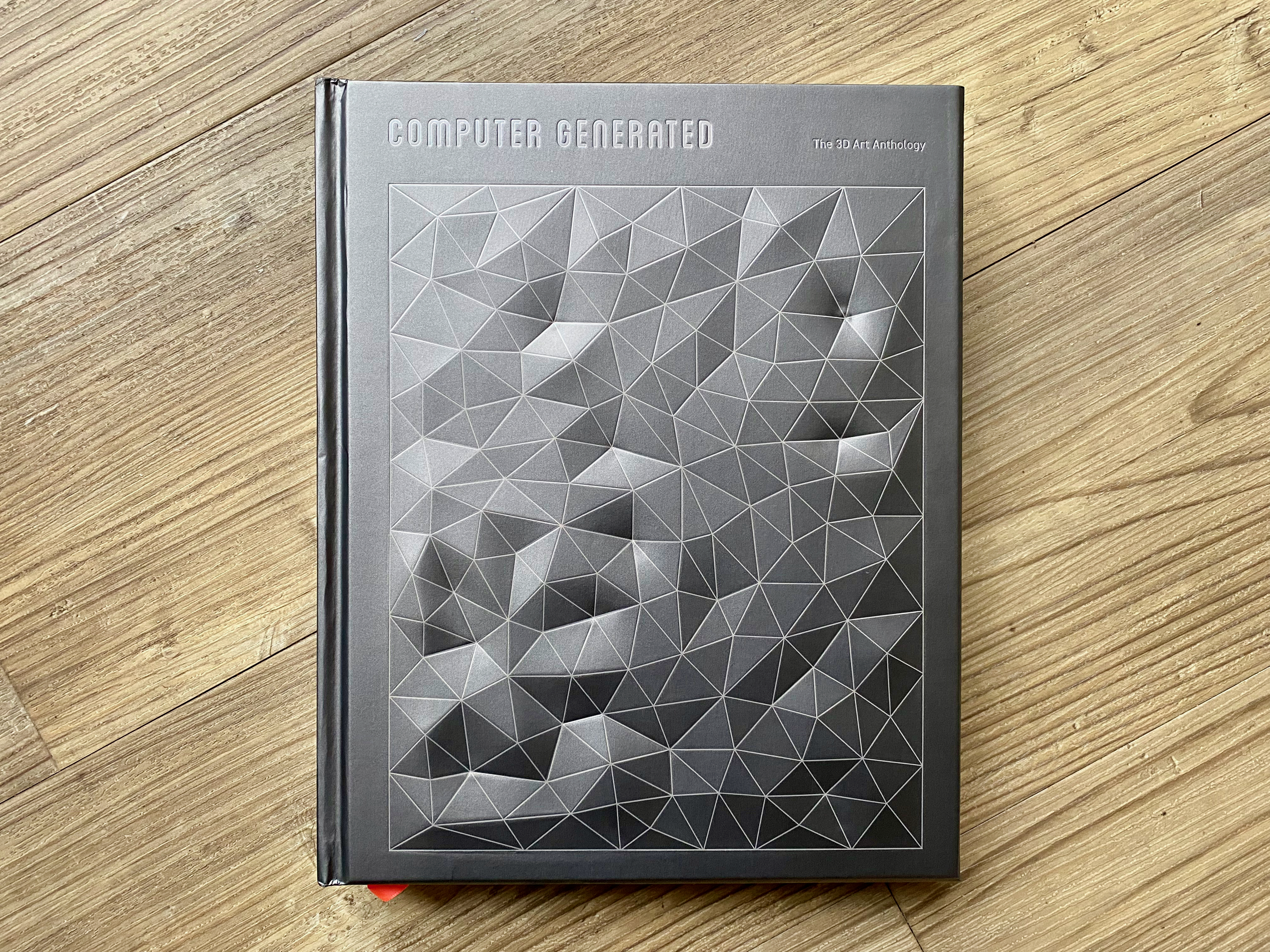


Foreword for Computer Generated
Foreword for Computer Generated on Gingko Press, edited by Kyle Goodrich, a compendium of CGI art. I wrote about the history and current context of computer graphics art.
Computers were never intended to have a visual output. After all, why would a calculating machine need to show us anything that it couldn’t print? The first computer graphics were developed as a storage medium rather than as a display or interface. In 1947, Tom Kilburn and Frederic Williams demonstrated the ‘Williams-Kilburn tube,’ an early Cathode Ray Tube which was intended as a form of computer memory. Electrons fired from the CRT’s electron gun would stick to the phosphor coating of the tube, causing charge to build up – a side effect of this was that when charged, the phosphor glowed. When arranged in a grid, charged and non-charged spots could be used as a form of binary memory; 1 for charged and 0 for uncharged. The side-effect of this interaction is that areas where charge had developed would emit light.
Scientists would playfully demonstrate the potential of CRT memory storage system by spelling out words and names in the grid of memory blocks and although it was many years before the concept of computer visualisation was pursued with any significant funding, the CRT went on to be the first popular monitor for computers. Importantly, we can take from this a basic concept; computer graphics exist first as data and are only secondarily transposed into images.
Computer graphics are visualisations of data: At their most basic, the systems of coordinates, vectors and faces that describe geometry, shaped by the sculpting of the artist or input data and the physical interactions that might be simulated. Then ray tracing algorithms activate shader data to dictate the hue, saturation and value of pixels displayed to the artist or viewer: A quiet sequence of algorithms turning the omnipotent data-space of the CGI world into a flattened image for humans.